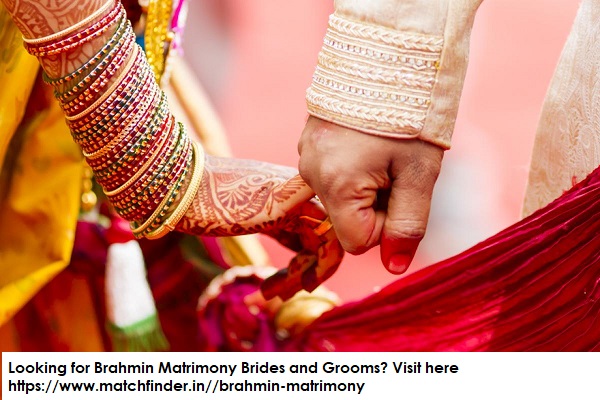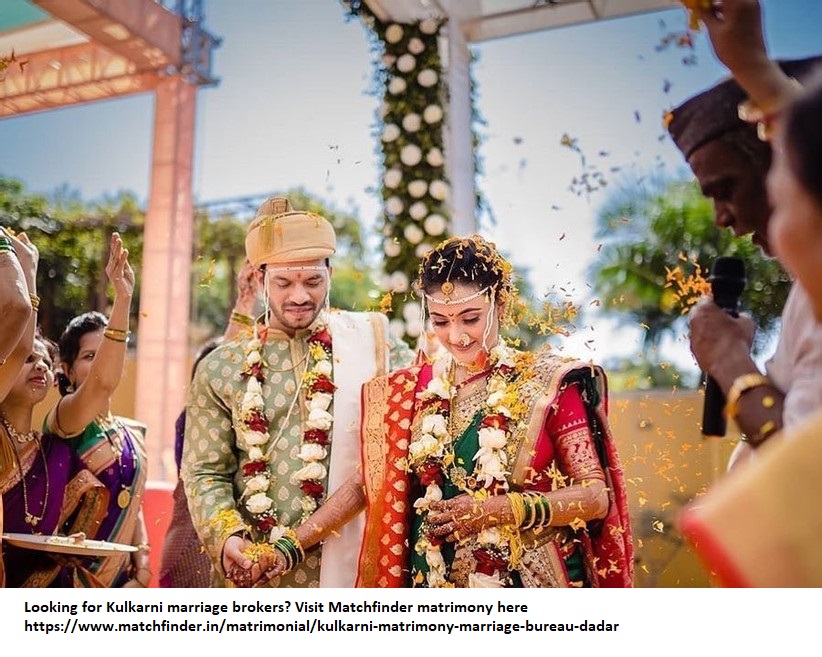Brahmins: Rituals and Celebrations of Brahmin Matrimony
Hinduism is mainly divided into four major casts ranked from highest to lowest in significance: Brahmins (Hindu Priests), Kshatriya (Warriors and princes), Vaisya (farmers and merchants), and Shudra (servants and sharecroppers). Brahmins are the highest in the rank of significance. They are priests and responsible for educating and upholding sacred knowledge. Brahmins' customs and traditions are different from other casts. In fact, each cast in Hinduism has different customs and traditions either related to religion or celebrations.
Hindu Brahmin matrimony are somber in
comparison to most Indian weddings as they have over-the-top celebrations and
parties. Hindu Brahmin concentrates
more on prayers and rituals of Hinduism unlike any other carefree Indian
weddings. But we cannot say that there is a total absence of enjoyment and
celebration in Hindu Brahmin weddings. Let set a glance at the rituals and
prayers of Hindu Brahmin weddings:
The Beginning:
The wedding ceremony begins with both Brahmin bride
and groom sit in front of the holy fire followed by mantars (prayers)
chanted by the priest and seven pharas (taking rounds around the holy fire) to
unite their souls. They are considered married after this ceremony.
Siddhant Ceremony:
Brahmin wedding starts with Siddhant in which a registrar approves the union of bride
and groom. Before this announcement, the registrar visits the priest where the priest selects a date using the lunar calendar. The objective of this ceremony is
to seek God’s will and blessing for the big day and the setting of the wedding
date.
Nischaithambul Ceremony:
Nischaithambul
ceremony is like engagement in any other religion. In this ceremony bride and
groom change their rings. Mostly this ceremony is conducted a month prior to the wedding. But in some cases, a wedding ceremony is held a few months after this
ceremony.
Naandi Puja Ritual:
For Naandi
Puja families gather in a temple or prefer home to pray to God thanking him for
his blessing. This ritual takes place 10 days before the wedding ceremony. This
is a very simple ritual where the bride and groom and even relatives wear simple
clothes.
The Yedur Kesani:
The Yedur
Kesani is an old fashioned but pompous ceremony. This ceremony was hosted by
bride side in which females of both sides gather for family bond and to
celebrate the upcoming Brahmin matrimony.
The groom's family is welcomed with haldi, kumkum and rose water sprinkle.
The Uradha-moorthu:
The
Uradha-moorthu ceremony is performed to ensure the solid bond between bride and
groom and for their guaranteed happy married life. For this occasion, bride
grinds moong daal on the stone along with her un-married cousins. The same ritual
is performed by the groom with his un-married cousins.
Mehndi:
The mehndi
ceremony is a fun-filled and most enjoyable occasion of the wedding. This
ceremony is celebrated one day before the wedding day. The females of the family
gather to apply mehndi designs on their hands. The bride applies mehndi on her
hands and feet. While singing and dancing is the main part of this event.
Finally, The
Gauri Puja:
The Gauri
Puja is performed by the bride herself to the goddess Gauri for her happy married
life.




Comments
Post a Comment